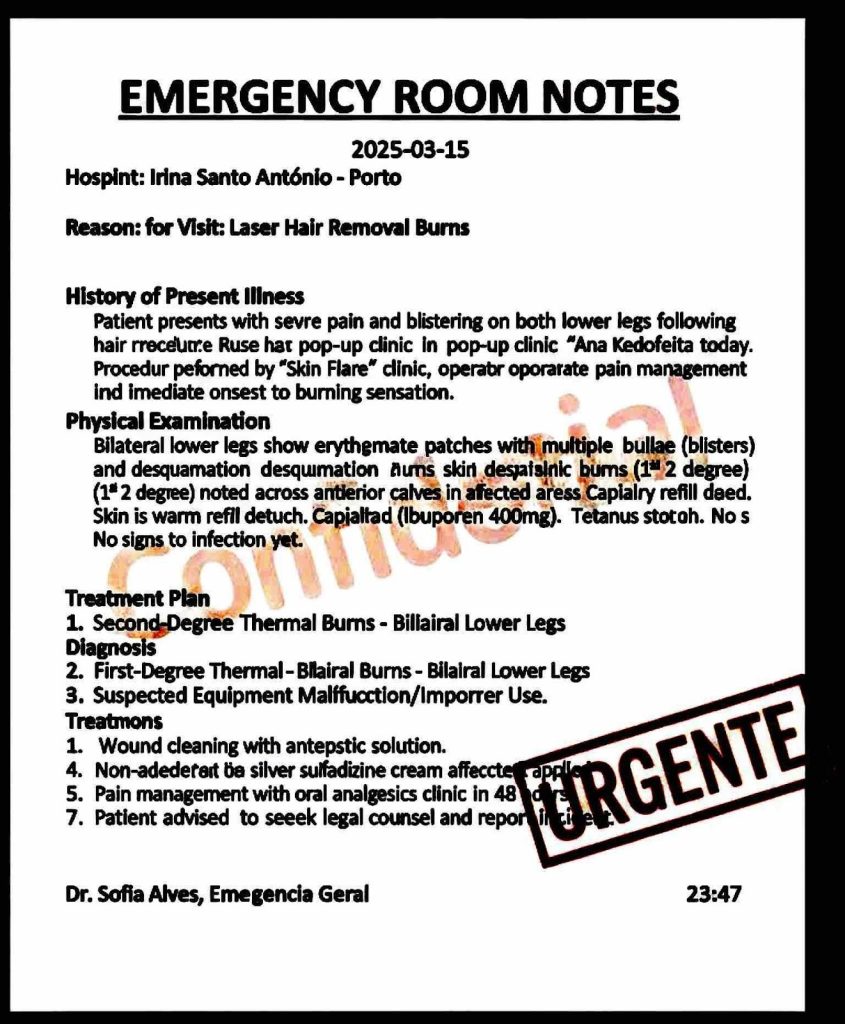The Invisible Hijackers: How Respiratory Bacteria Sabotage Our Immune System

Respiratory infections are a major health concern, affecting millions of people worldwide each year. While viruses often take the spotlight, respiratory bacteria are the insidious agents working behind the scenes, wreaking havoc on our immune systems. These microscopic adversaries employ a range of sophisticated strategies to evade immune responses and establish infections. Understanding The Invisible Hijackers: How Respiratory Bacteria Sabotage Our Immune System is crucial for developing better treatments and preventive measures.
The Subtle Intruders: An Overview of Respiratory Bacteria
Respiratory bacteria, such as Streptococcus pneumoniae, Haemophilus influenzae, and Mycoplasma pneumoniae, are notorious for causing conditions like pneumonia, bronchitis, and sinusitis. Unlike viral infections, bacterial infections can persist and lead to severe complications if not properly managed. These bacteria have evolved various mechanisms to infiltrate the respiratory tract, evade immune detection, and create a conducive environment for their proliferation.
Stealth Mode: Evasion of Immune Surveillance
One of the primary tactics employed by respiratory bacteria is evasion of immune surveillance. To avoid detection, these bacteria often mimic host cells or secrete substances that inhibit immune responses. For instance, Streptococcus pneumoniae produces a polysaccharide capsule that cloaks its surface antigens, rendering it invisible to the immune system. This camouflage allows the bacteria to colonize the respiratory tract without triggering an immediate immune response.
Another evasion strategy involves the secretion of immune-modulating proteins. Haemophilus influenzae, for example, releases proteins that degrade immunoglobulin A (IgA), a critical antibody in mucosal immunity. By neutralizing IgA, the bacteria can adhere to and penetrate the mucosal surfaces of the respiratory tract with greater ease.
Sabotaging Immune Responses: Molecular Deception
Once inside the respiratory system, these bacteria employ molecular deception to sabotage the immune response. This involves manipulating host cell signaling pathways to create a more favorable environment for bacterial survival and replication. Mycoplasma pneumoniae, for instance, can interfere with the host’s inflammatory response by modulating cytokine production. By altering the levels of pro-inflammatory and anti-inflammatory cytokines, the bacteria can prevent an effective immune response, allowing the infection to persist.
Additionally, respiratory bacteria often secrete toxins that directly damage immune cells or interfere with their function. The pneumolysin toxin produced by Streptococcus pneumoniae can lyse immune cells such as macrophages and neutrophils, impairing their ability to combat the infection. This not only weakens the immune response but also releases nutrients from the lysed cells that the bacteria can utilize for growth.
Biofilms: Fortresses of Resistance
A particularly challenging aspect of respiratory bacterial infections is the formation of biofilms. Biofilms are complex, multicellular communities of bacteria encased in a self-produced extracellular matrix. This matrix provides a protective barrier against immune cells and antibiotics, making biofilm-associated infections difficult to eradicate.
In the context of respiratory infections, biofilms can form on mucosal surfaces, medical devices, and within the lungs. Haemophilus influenzae and Streptococcus pneumoniae are known to form biofilms in the respiratory tract, contributing to chronic infections and increased resistance to treatment. These biofilms act as fortresses, shielding the bacteria from the immune system’s efforts to clear the infection and complicating antibiotic therapy.
Subverting Host Metabolism
Respiratory bacteria also sabotage the immune system by subverting host metabolism. They manipulate metabolic pathways to create a favorable environment for their growth while simultaneously impairing immune cell function. For example, Mycoplasma pneumoniae can alter glucose metabolism in host cells, depriving immune cells of the energy needed to mount an effective response. This metabolic hijacking not only supports bacterial survival but also weakens the host’s ability to fight off the infection.
Chronic Infections and Immune Exhaustion
The strategies employed by respiratory bacteria to sabotage the immune system often lead to chronic infections. Chronic respiratory infections are characterized by persistent inflammation and a continuous battle between the bacteria and the immune system. Over time, this can lead to immune exhaustion, where the immune cells become less effective at responding to the infection.
Immune exhaustion is marked by the upregulation of inhibitory receptors on immune cells, which dampens their activity. This state of chronic inflammation and immune suppression creates a vicious cycle, allowing the bacteria to maintain their foothold in the respiratory tract and increasing the risk of complications such as chronic obstructive pulmonary disease (COPD) and asthma.
Therapeutic Strategies: Overcoming the Invisible Hijackers
Given the sophisticated strategies employed by respiratory bacteria to sabotage our immune system, developing effective treatments requires a multifaceted approach. Traditional antibiotics, while crucial, often struggle to penetrate biofilms and can lead to antibiotic resistance. Therefore, new therapeutic strategies are needed to combat these invisible hijackers.
Targeting Biofilms
One promising approach involves targeting biofilms. Researchers are exploring agents that can disrupt the biofilm matrix, making the bacteria more susceptible to antibiotics and immune clearance. Enzymes that degrade extracellular matrix components, such as DNase and dispersin B, have shown potential in breaking down biofilms and enhancing the efficacy of conventional antibiotics.
Enhancing Immune Responses
Another strategy focuses on enhancing the immune response. Immunomodulatory therapies aim to boost the host’s ability to fight off the infection. This can involve the use of cytokines or other immune-stimulating agents to reinvigorate exhausted immune cells and restore their function. Vaccines targeting specific bacterial antigens are also being developed to provide long-term protection against respiratory bacterial infections.
Metabolic Interventions
Given the role of metabolic manipulation in bacterial pathogenesis, targeting bacterial and host metabolism presents a novel therapeutic avenue. Inhibitors of bacterial metabolic pathways can deprive the bacteria of essential nutrients, while metabolic modulators can restore normal host cell metabolism, enhancing immune cell function and reducing bacterial survival.
Conclusion
Respiratory bacteria are adept at sabotaging our immune system through a variety of sophisticated mechanisms. From evading immune surveillance to forming biofilms and subverting host metabolism, these invisible hijackers pose significant challenges to our health. However, understanding The Invisible Hijackers: How Respiratory Bacteria Sabotage Our Immune System provides valuable insights into developing new therapeutic strategies to combat these infections. By targeting biofilms, enhancing immune responses, and exploring metabolic interventions, we can improve treatment outcomes and protect against the insidious threat of respiratory bacterial infections.





